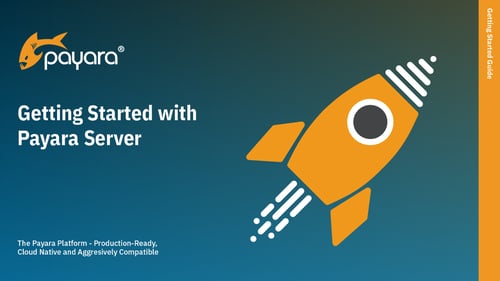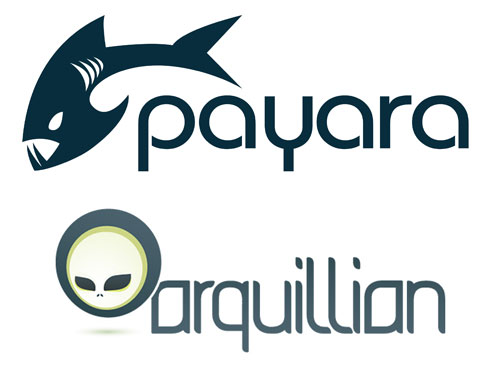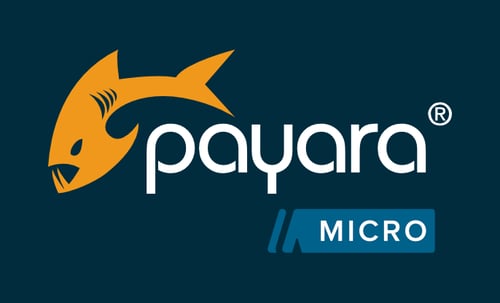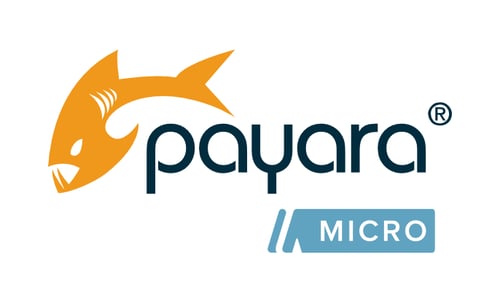Posts tagged Payara Micro (4)
What’s New In the February 2024 Payara Platform Release
Published on 21 Feb 2024
by Luqman Saeed
Topics:
Payara Micro,
Cloud,
Payara Enterprise,
Payara Cloud,
Jakarta EE
|
0 Comments
We are happy to announce the February 2024 release of Payara Platform Enterprise 6.11.0 (request free trial here) and Payara Platform Community 6.2024.2 (download here) are available!
This month's release comes with a number of enhancements, bug fixes, component upgrades, and new capabilities aimed at improving the stability and developer experience of the Payara Platform for you. See below for the details.
The Payara Monthly Catch
Published on 08 Feb 2024
by Valentina Kovacic
Topics:
Java EE,
Payara Micro,
Microservices,
JakartaEE,
Payara Server,
New Releases,
Payara Events,
Payara Enterprise,
Payara Community,
Payara Cloud
|
0 Comments
Payara Micro vs. Payara Server: When to Use What?
Published on 08 Jan 2024
by Luqman Saeed
Topics:
Payara Micro,
MicroProfile,
Payara Server,
Jakarta EE
|
2 Comments
The Payara Platform is a comprehensive ecosystem designed to meet the diverse needs of today's enterprise Java developers like you, offering robust solutions for Jakarta EE applications. The Platform is split into two main products, namely Payara Server and Payara Micro.
Payara for Beginners - Getting Started with Payara Platform 6
Published on 29 Dec 2023
by Ilias Efstathiou
Topics:
Payara Micro,
Payara Server
|
0 Comments
How to Test your Applications in Payara Server
Published on 09 Nov 2022
by Luis Neto
Topics:
Payara Micro,
Arquillian,
Payara Server,
Payara Embedded
|
0 Comments
What is Jakarta RPC?
Published on 25 Oct 2022
by Alfonso Altamirano
Topics:
Java EE,
Payara Micro,
JakartaEE,
Payara Server,
Payara Community,
gRPC,
Jakarta EE,
Jakarta RPC
|
0 Comments
Use Jakarta EE Identity Store With Payara and RDBMS
Published on 18 Oct 2022
by Payara Content Team
Topics:
Java EE,
Payara Micro,
JakartaEE,
Payara Server,
Payara Community,
Jakarta EE,
JSR-375
|
2 Comments
In my previous blog post,here,I examined the JSR-375 specifications and their implementation by Jakarta EE and, more specifically, by the Payara Platform (Server and Micro).
I presented a brief overview of the JSR-375 specifications and their new features, focusing on the notion of Identity Store and illustrating, with a simple example, one of the most common use cases: the LDAP (Lightweight Directory Access Protocol) based authentication and authorization process.
Using Hazelcast SQL with Payara Micro
Published on 27 Sep 2021
by Rudy De Busscher
Topics:
Payara Micro,
Hazelcast,
Clustering,
domain data grid
|
0 Comments
Co Authored with Nicolas Frankel (Hazelcast Developer Advocate), this article is also available as a PDF.
The Hazelcast In-Memory Data Grid (IMDG) is an efficient method of storing data in a distributed way within the memory of the different processes of the cluster. Because it is distributed, searching the data locally requires 'moving' the data to your instance so it can be accessed, which is not overly efficient. Hazelcast SQL allows distributed queries which perform the search where the data is, and then transfers only the results to your process. Since the Payara products already use Hazelcast IMDG, using the Hazelcast SQL capabilities is straightforward: just add the additional JAR library to start using it.
Payara Micro 5によるUber JARの作成
Published on 18 May 2021
by Fabio Turizo
Topics:
What's New,
Maven,
Payara Micro,
Microservices,
Docker,
Uber JAR,
DevOps,
Japanese language
|
0 Comments
Payara Microでは、Webアプリケーションを自己完結型で簡単に実行することができます。2016年5月のPayara Serverリリースからは、WARファイルの内容とPayara Microを構成するクラスやリソースを束ねる “Uber JAR” を作成する簡単な方法があります。
この “Uber” Jarは、Dockerコンテナ内でアプリケーションを実行するための最良の方法ではないことに注意してください。アプリケーションに小さなコード変更を加えるたびに、バイナリ全体のアップデートが必要になるためです。より良い方法は、Payara Microインスタンスを起動して、インストールが必要なアプリケーションを指定することです。詳細については Payara Micro Docker Image documentation をご覧ください。
(最終更新日 2021/04/06)
Benefits of Using Payara Micro in the Cloud
Published on 17 Sep 2020
by Debbie Hoffman
Topics:
Payara Micro,
Cloud
|
0 Comments
Microservices architecture allows developers to apply best practices for larger systems learned over time with containerized Jakarta EE (Java EE) application deployments in any environment: on premise, in the cloud, or hybrid. Using Payara Micro in the cloud offers benefits ranging from reduced expenses, seamless integration with cloud platforms and tools for management and automation, to automatic and elastic clustering.

/wellness%20wednesday/wellness-wednesday-jess-1.jpg?width=500&name=wellness-wednesday-jess-1.jpg)




.png?width=500&name=MicrosoftTeams-image%20(269).png)



